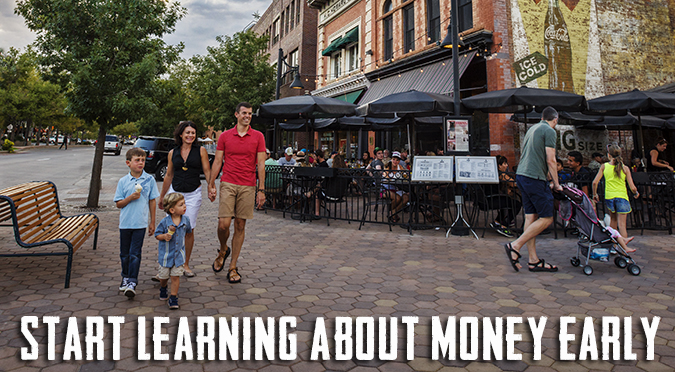Happy Valentine’s Day! We’re celebrating this year by looking back at four power couples in Boulder’s history with our friends at the Museum of Boulder. While many couples have helped shape the Boulder community, these four couples are stand-outs for their contributions.
1. Eve Drewelowe and Jacob Van Ek
Although Eve Drewelowe and Jacob Van Ek met and married in Iowa, they were destined to make their mark in Boulder. They arrived in Colorado in 1924 when Jacob accepted a teaching position at the University of Colorado Boulder. A mere 5 years later, he became the Dean of the College of Arts & Sciences—leading to the moniker “The Boy Dean”—and he held the position for 30 years. Eve was both a student and a teacher at the University over the years, and she focused primarily on creating art. She was a founding member of the Boulder Artists Guild and produced work for multiple exhibitions in Boulder. Her foreign travel with Jacob, related to his scholarly work in political science, stimulated a period of productivity resulting in a 1936 solo show that received international attention.

2. Mildred and Charles Nilon
Like Drewelowe and Van Ek, Charles and Mildred Nilon were not Colorado natives but following their arrival in 1956 became decades-long residents of Boulder, where both contributed significantly to the community. As the University’s first black professor and first black librarian, respectively, they changed the status quo on campus and in the city. Charles served as chairperson for the University’s Black Studies program, and Mildred retired as the head of the library’s public service division. They were active on and off campus in groups such as the United Black Action Committee, the United Black Women of Boulder Valley, Housing for Everyone through Local Programs (HELP), the Mental Health Board and Historic Boulder. Together, they also affected a change in Boulder’s segregated housing pattern.
3. Hannah and Ezra Barker
Hannah Connell was an Irish woman who came to Boulder via Massachusetts, a trip across the Great Plains and an initial stay in Ward where she taught miners’ children. By 1869, she had moved to Boulder and was one of the first female teachers in town. She married Ezra Barker in 1877; when he died only six years later, his extensive real estate holdings, including a ranch near Nederland, passed on to Hannah. She pursued many business and community endeavors over the years, including platting the Highland Lawn subdivision at the west end of Arapahoe Ave. Barker served on the Board of the Boulder Bank, formed the Boulder Creamery and participated in the Fortnightly Club, a group that organized arts and culture lectures in the public reading rooms that would later become the first public library. Hannah Barker died in 1918 during the Spanish Flu Pandemic.

4. Margaret and George Richart
Unlike the three previous couples, Margaret and George Richart were Colorado natives. They raised their family of six children in various Boulder County locations, including Longmont and Niwot, and had a coal, lumber and tire business. George was elected Sheriff in 1932 and served five terms before leaving office in 1942. When the new Boulder County Courthouse on Pearl St. was completed (after the previous building was destroyed by fire), the Richart family moved into an apartment on the fifth floor, where the jail cells were also located. Margaret cooked meals for any prisoners in residence, and the kids used unoccupied cells for their toy trains. Meanwhile, George was busy shutting down illegal bootlegging operations and destroying outlawed gambling devices like slot machines (recycling the latter into furniture at times).
Have another couple you think greatly influenced Boulder’s history? Let us know in the comments! And a big thank you to the team at the Museum of Boulder for helping to tell these stories and for providing the images. Elevations is proud to support this community resource. If you want to learn more about Boulder’s history and present, please visit the Museum of Boulder.
All image is this post are courtesy of the Carnegie Library for Local History and Museum of Boulder Collection.


